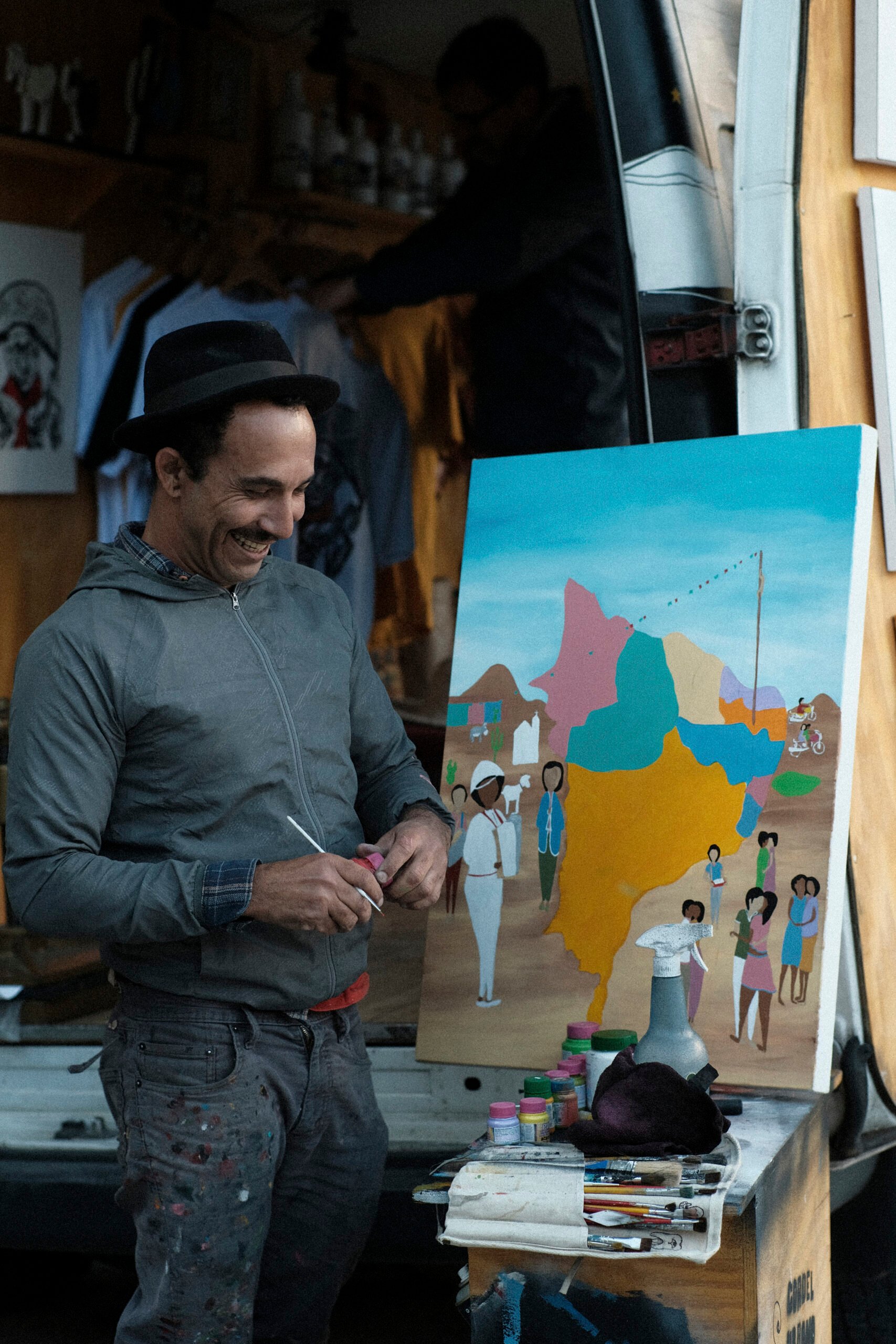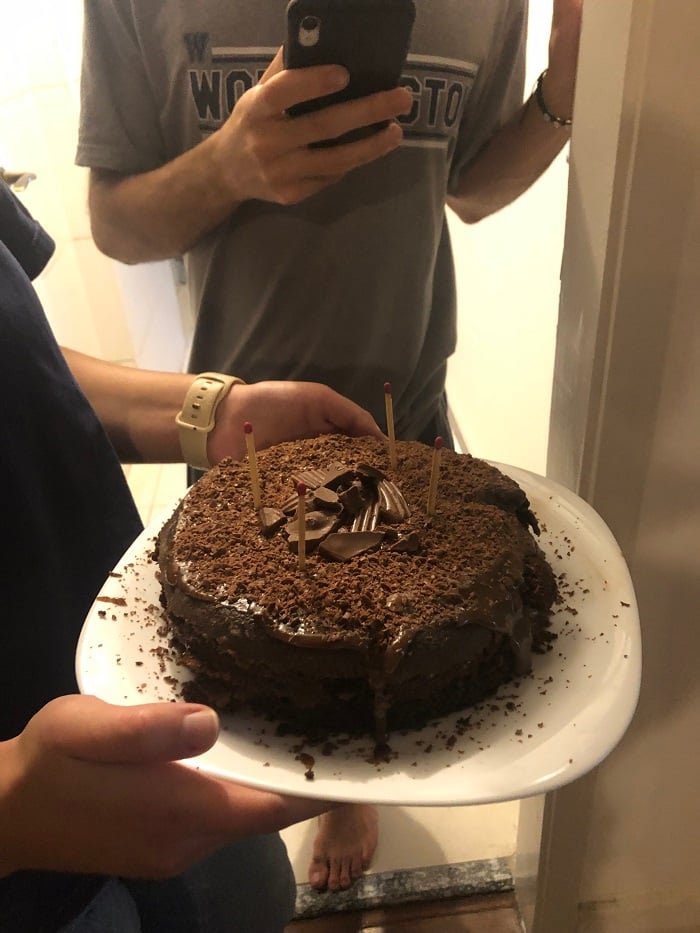Photos taken by Dominique Ziehl (Smith College), Student Correspondent for CET Brazil, Fall 2023
August 11
On Friday, CET arranged a guided tour of the historic Beco da Liberdade (Liberty/Freedom Alley), located in the most central borough of São Paulo. It now hosts the largest ethnic Japanese population outside of Japan from an influx in immigration during the 20th Century.
But before this shift, Liberdade was known as Campo da Forca (Field of the Gallows), which operated for the execution of the burial of enslaved people and criminals. The public square where this took place is called Praça da Liberdade, to remember the death of Chaguinhas, a black anti-slavery leader. The deceased were buried in O Cemitério dos Aflitos (The Cemetery of the Afflicted), a mass, unmarked burial ground.
Economic, political, and racial incentives of the 20th Century transformed this district into a now popular Japanese neighborhood filled with restaurants, shops, and marketplaces. City infrastructure hides the historic chapel used for final prayer in a back alley of commercial businesses. And public roads and sidewalks conceal the cemetery grounds below. A lot of social justice literature argues that this was a deliberate attempt to erase the material legacies of racial violence.

The chapel is gated now and locked in preservation, and wooden construction paneling protects what’s left of the cemetery. Artwork, writing, and flowers are posted in respect and remembrance of this history, which is becoming easier and easier to forget.
August 12
On Saturday, a small group of us learned how to catch the bus to A Feira de Artes da Praça Benedito Calixto (The Arts Fair of Benedito Calixto Square). It’s a merchant market that started in 1987 and takes place every Saturday, hosting antiques and artisan-made goods from scores of vendors lining the central square in Pinheiros.


Only a few blocks away is the famous Beco do Batman (Batman Alley). It is a heavily trafficked area because of its dense accumulation of street art. There are large, professionally commissioned pieces, along with other individual works on just about every surface in this neighborhood.
Weekends are particularly popular, with bustling crowds and merchants set up with tables throughout the neighborhood. Creative diversity and expression take precedence, where most of these merchants consider themselves artists with handmade projects for sale.


August 18
On Friday, we explored the mall Bourbon Shopping São Paulo. We got carried away and accidentally spent more than three hours there, only exploring half of the building’s floors. It was daylight when we arrived, and it was dark when we left. We were supposed to find appliances for the apartment but instead spent on food and clothing hauls.
It was also Mazin’s, one of the CET students, birthday weekend. We had originally planned to go to the grocery store and start a celebration dinner for him at 8 PM. We ended up getting groceries closer to 9 PM and finishing dinner at 12:30 AM.


We baked a chocolate cake, and because we forgot to buy candles, we had to get creative.
August 19

On Saturday, Carolina invited us back to her grandmother’s house for pizza. Only Zayra and I could make it, and although we don’t speak Portuguese nearly well enough to hold a conversation, it’s always a treat to go. We’re already planning to come back again so she can teach us how to make feijoada, a classic Portuguese stew.